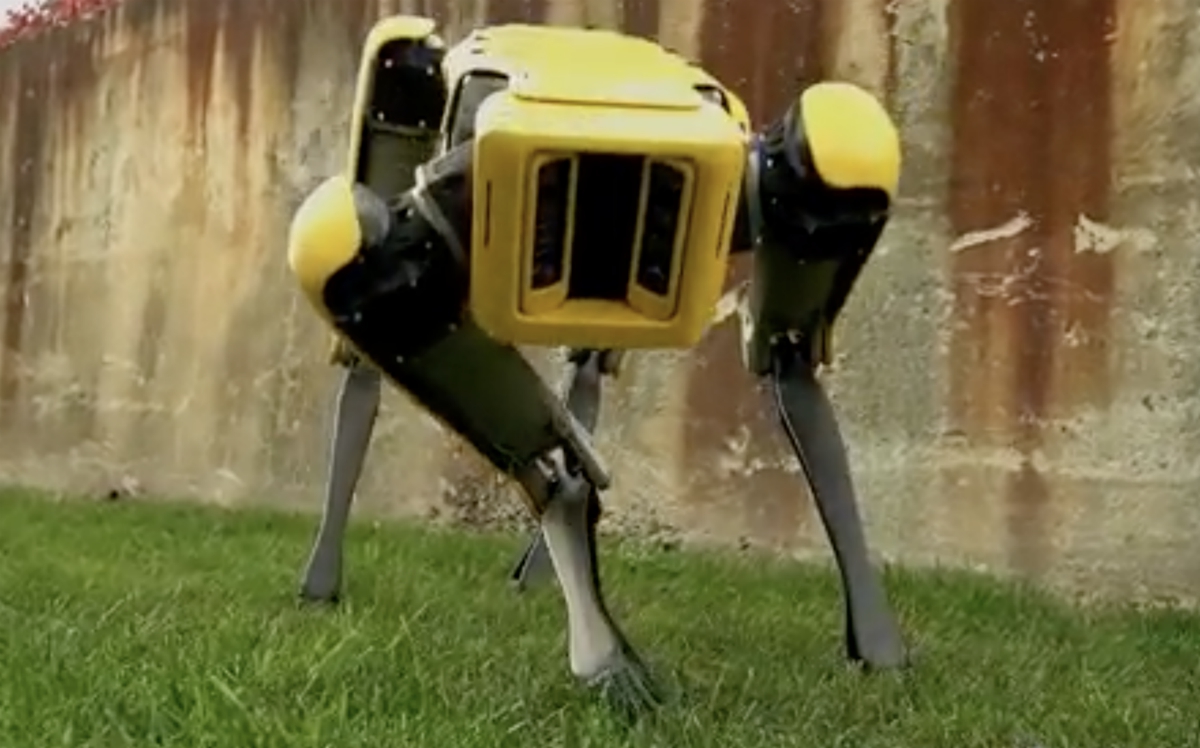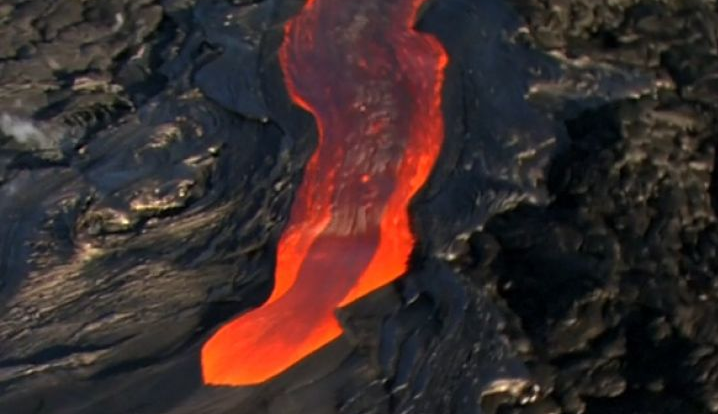
Discovery of the FRBs and possible source
The first FRB arrived on Earth on July 24, 2001 and has a length of five milliseconds. However, astronomers believe FRBs have been traveling in the universe some 1.6 billion years ago when a dead star released these bursts in a direction towards the planet. In addition, the 2001 event was not recognized in history books until 2006, when an undergraduate student from West Virginia University, together with his adviser, discovered the signal from archival data from the Parkes radio telescope in Australia. With their discovery, the FRB from 2001 was dubbed as the “Lorimer burst,” after the student's adviser, Duncan Lorimer. Since the FRBs have relatively short durations, scientists have a hard time catching and determining their possible sources. (Related: Mysterious blobs of radio emissions found floating in space.) One suspected source of these bursts is magnetic stars, also called “magnetars” by astronomers. According to them, these are remnants of massive dead stars that are highly magnetic. In April 2020, X-rays, gamma rays and a blast of an FRB were spotted by astronomers from a magnetar, which they named SGR 1935+2154. According to the discoverers, this magnetar is situated near the center of the Milky Way Galaxy and about 30,000 light-years away from Earth. This discovery was published in the journal Nature in November 2020. “This discovery paints a picture that some -- and perhaps most -- of these fast radio bursts from other galaxies also originate from magnetars,” said study co-author Christopher Bochenek in a press conference. According to Bochenek and his team, this is the first FRB detected in the Milky Way, the first FRB accompanied by other detectable radiations and the first FRB that can be attributed as released by a single source. Visit Space.news to learn more about the discoveries in the universe. Sources include: QuantumMagazine.org DailyMail.co.uk Astronomy.com Astronomy.SWIN.edu.auScientists turn single-use plastics into jet fuel
By Divina Ramirez // Share
Solar-powered desalination device vaporizes seawater to produce safe drinking water
By Virgilio Marin // Share
Air Force deploying creepy robot dogs to enhance security at military base in Florida
By Franz Walker // Share
Researchers baffled by mysterious melting of Earth’s crust beneath western North America
By Virgilio Marin // Share
Ancient potsherd inscription may be the missing link in the alphabet’s history, researchers suggest
By Virgilio Marin // Share
New research confirms alcohol's broader, deeper cancer threat
By avagrace // Share
Whistleblower exposes gold investment fraud targeting retirees, calls for industry reform
By finnheartley // Share
Trump announces plan to end federal payments to states with sanctuary cities
By lauraharris // Share
Florida lawmakers move to ban paper straws over PFAS concerns
By avagrace // Share











